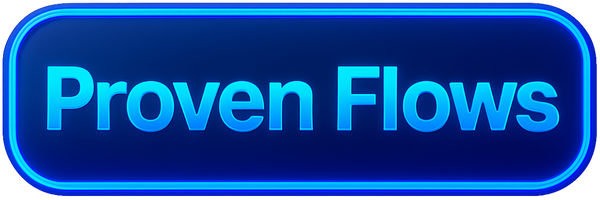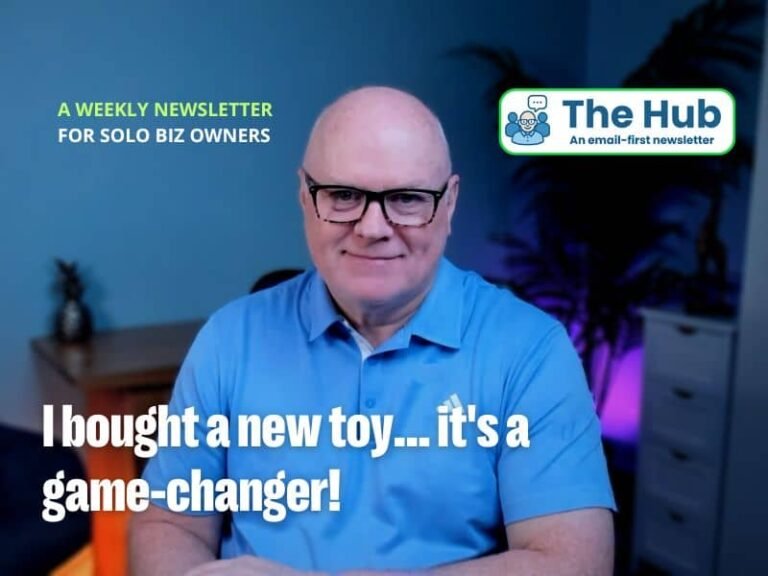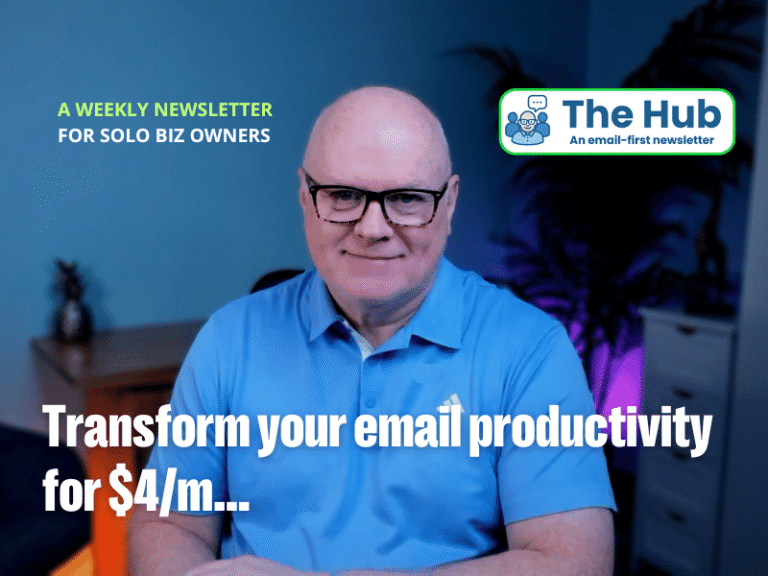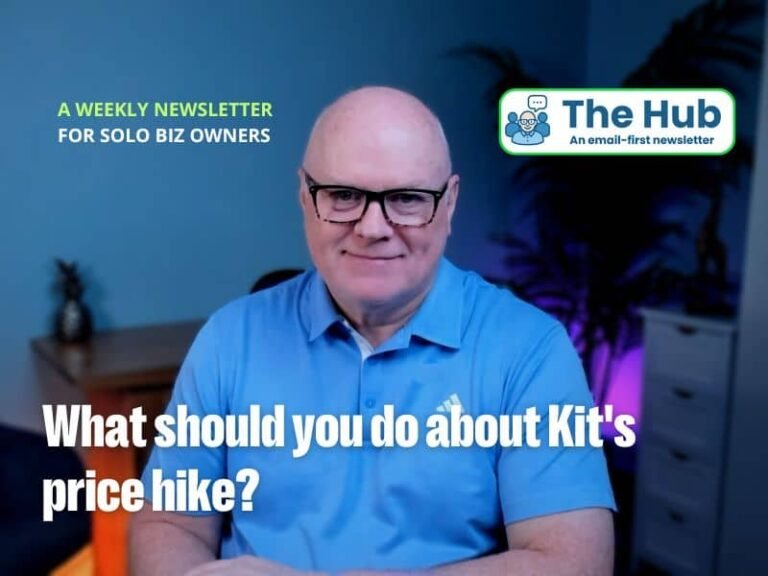|
|
|
Content marketing is a crucial component part of any successful client attraction system and works hand-in-hand with your email marketing system. Email marketing puts money in your ’till’, but it’s content marketing that brings the prospects into your ‘shop’. How Content Marketing Dovetails with Email Marketing
Content is all about creating ‘attention’Content marketing is not designed to deliver sales. It’s not your product or service pages, and it’s not your advertising. It’s more about the consistent pursuit of attracting the right people to your products and services, by using relevant and useful ‘content’ on the right platforms. ‘Content marketing’ is more a behaviour than a ‘thing’ you can point at or click on. It’s the persistent act of creating and curating content that will attract your ideal prospects to your world. It’s the creation and publishing of blog articles you add to your website; the social posts you put out on LinkedIn; the videos you post to YouTube, and the lead magnets that you offer to prospective email subscribers. It’s designed to create ‘attention’ for you and your business. A common misunderstanding is that content marketing is used in isolation, however, for me, it’s an activity that precedes and dovetails beautifully into email marketing, where all the magic happens. It’s the matchmaker. The party planner. The project manager and the scrum master all rolled into one. It’s what brings the audience to your show.
Which platforms will you leverage?All the content that you create, curate and collect needs a showcase in which to be displayed. It needs a regular home where your ideal clients will come to expect to see what you share and be able to consume the value you deliver for them. It may seem like an obvious thing to say, but the platform(s) that you decide to use for your content marketing should be the one(s) where your ideal clients hang out. Not your favourites. If all your potential clients spend most of their time on LinkedIn, why on earth would you spend most of your time on Facebook or TikTok? Doesn’t make any sense, does it? So, choose wisely and monitor engagement because trends happen, things change, and favour moves. If you need to make a shift onto the next ‘big’ thing, follow your ideal audience. Choose a medium that naturally fits your strengths and styleIf you’re a gregarious, outgoing, social butterfly and love recording video content – then do that. If you’re an introverted, quietly spoken social cocoon who prefers the written word and finds that’s where your best work happens, do that. There’s little more uncomfortable than watching someone operate outside of their favoured media; you know the ones I mean… the ones that make the videos where they’re monotonically unengaging, looking at their notes, whispering inaudibly, and have you reaching for that little ‘X’ in the corner! Make life much more enjoyable (for everyone) by sticking to what you’re best at. Of course, there’s nothing wrong with practising until you perfect a new medium, but until you get there, stick with what you’re great at – making content is challenging enough without layering it with an uncomfortable medium too! Swim with the tide, not against it. 🏊🏻♀️ Coming up with ideasIdeation is often the most challenging area for content creators. Staring at that blank Google Doc and the blinking cursor can soon have you Googling for distractions like “Who invented the blinking cursor?”… before you know it, an hour slides by! (btw, apparently, it was Charles Kiesling Sr. – who knew? 🤷🏻♂️) Here are a few things I use to come up with ideas;
Become findableOpen up a new browser window and search for what it is you do. For example, if you’re a copywriter who specialises in crafting copy for tech startups, then type something like “copywriter for tech startups”. In the search results, ignore the sponsored listings at the top and scroll down to the organically found results. Is it your business that shows up? If the answer is ‘no’, then keep scrolling until you do. If you get tired of scrolling (or never find yourself), you have some work to do to make yourself findable. This is where the fundamental use of content marketing kicks in, making you ‘findable’ on the net. There is something called SEO (Search Engine Optimisation) that determines how easily (if at all) you’ll be found online when people search for you or for what you provide as a business owner. SEO basically works like a giant lookup tool – someone asks a question and Google (or any search engine) will delve into its deepest archives to find the most relevant, recent, and helpful results for the question asked. You need to exist in that archive if you’re to be found – publishing high-quality and relevant content is how you get listed there.
Align your content strategy with your target clientsYour content must be aligned with what you provide as a business owner. That may sound obvious but I’ve seen so many who get this wrong. For example, let’s say you provide web design services to photographers. Your job is to explain (and showcase) what great web design for their businesses looks like. You’ll demonstrate your expertise when you present examples of what has worked for other clients and pinpoint common mistakes to avoid. The service or product that you subsequently pitch to your interested leads must then align with what you’ve been sharing with them up to this point. After consistent education by you (i.e. your content) your interested leads will see exactly what they need in what you offer because you’ve designed your content to be completely aligned with the solution that you offer. Consistency trumps all elseContent marketing is what brings people to the party. It’s what drives interested prospects to your ‘shop’. It’s what educates them about what it is they need if they’re to overcome their problem/challenge. And because it’s been your content that’s educated them, it’s also your solution that will most resonate with them. But here’s the rub; it’s a never-ending process that you need to continually feed otherwise you switch the tap off and your audience will fade away. Design a regular posting schedule that you can 100% commit to and know that, no matter what, you can deliver as planned.
It’s the consistency that wins the day. Those who stay the distance, stay visible. The dovetail effect with email marketingThe content you share with your followers is what will create the ‘attention’ that you need to become visible.
That ‘attention’ then drives people to what it is you offer. But it doesn’t start with your products and services – people are highly unlikely to buy from you the first time they come across you (it does happen, but rarely). Instead, you need to give them something of value and move them into your world. In other words, onto your email subscriber list. This is most effectively done using a ‘lead magnet’. What is a lead magnet, I hear you say. Well, essentially, it’s kinda what the name suggests – something to attract people to you. If you create something that provides enough value to your prospects, they’ll exchange their name and email address in return for your lead magnet. The type of lead magnets you can have is limited only by your imagination, so don’t restrict yourself to what others do. Some examples of what I use as lead magnets in my business;
Consistently, my best performing lead magnet is my free 7-day email course on how to get started with email marketing. My recommendation is that you start with just one lead magnet and make it the best one you can right now. Whatever you decide to use, ask yourself these questions before offering it;
If you can answer ‘yes’ to all these, you probably have a great lead magnet idea. It’s time to go create it and start sharing it as part of your content marketing. |



